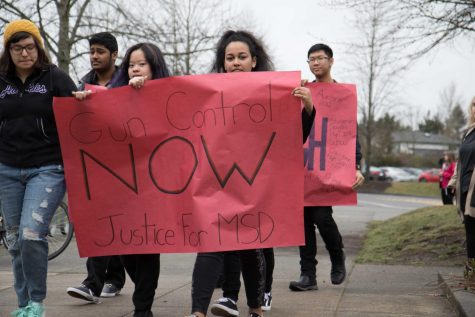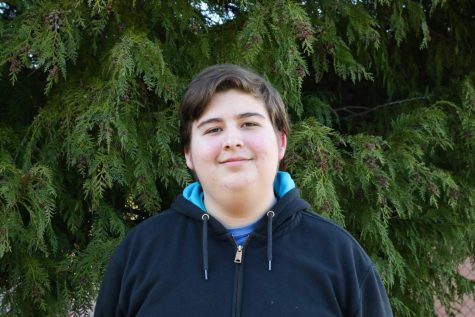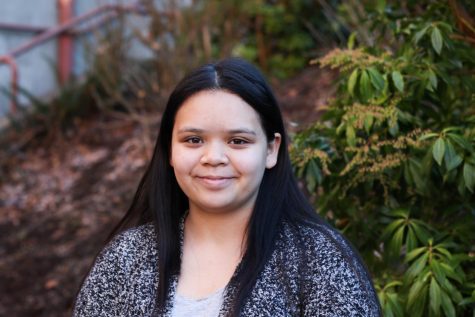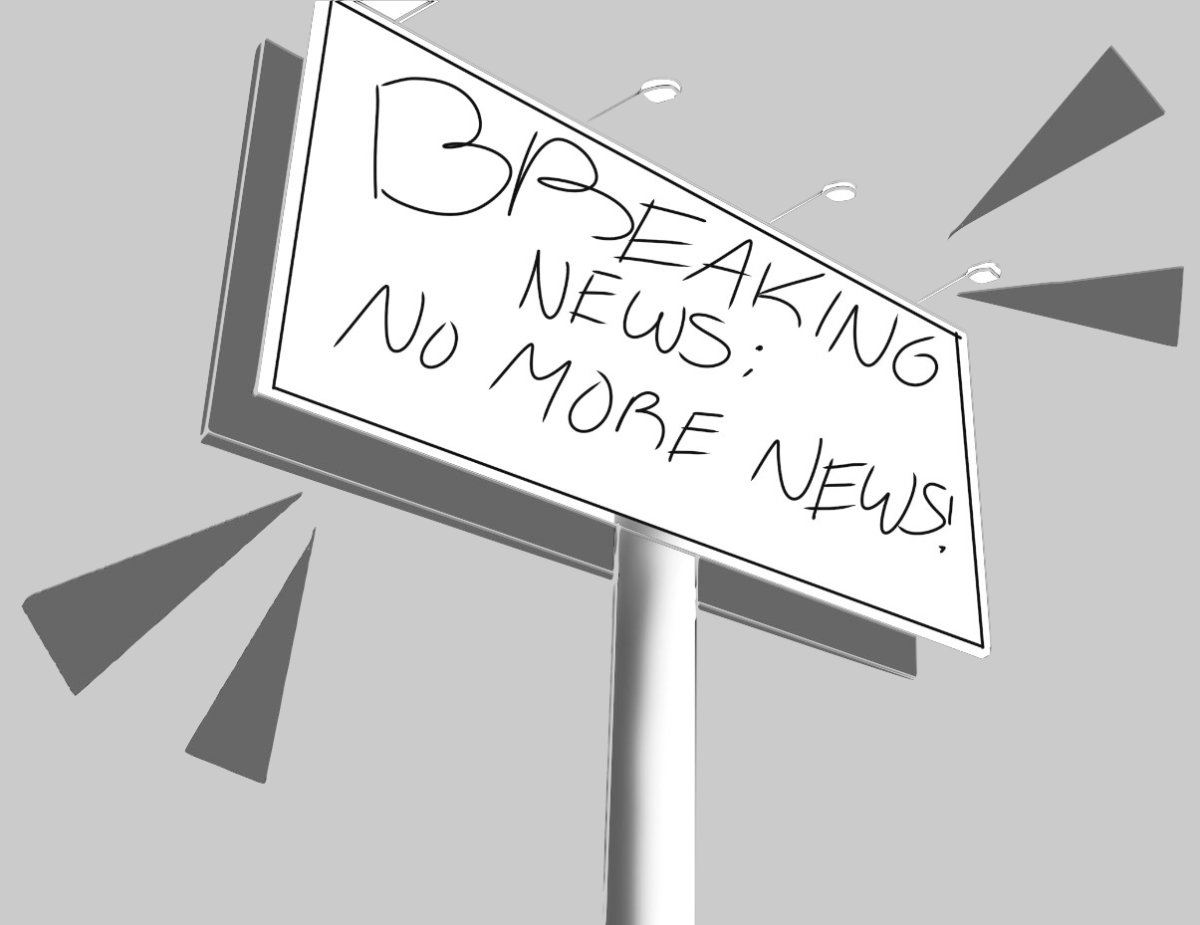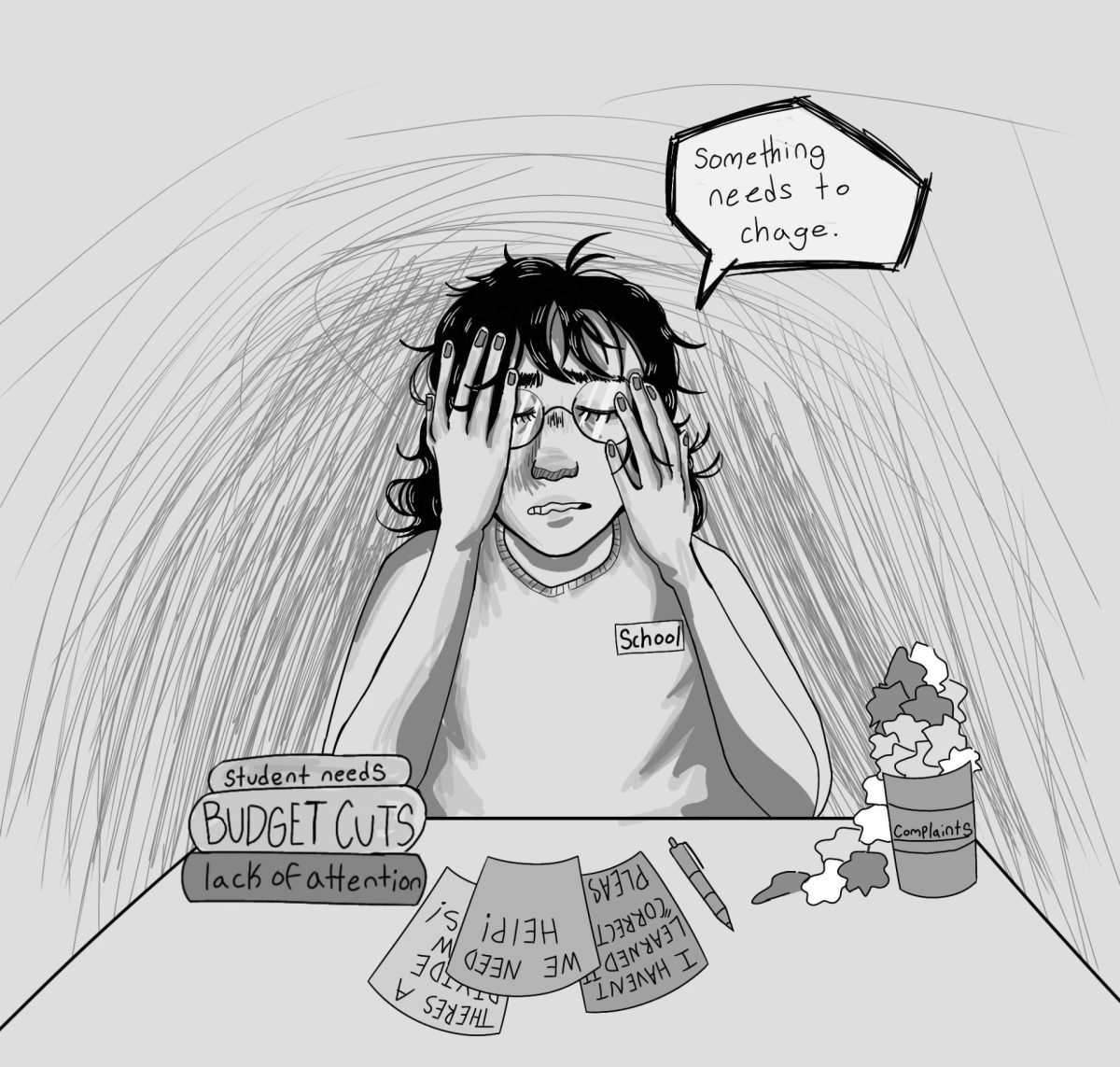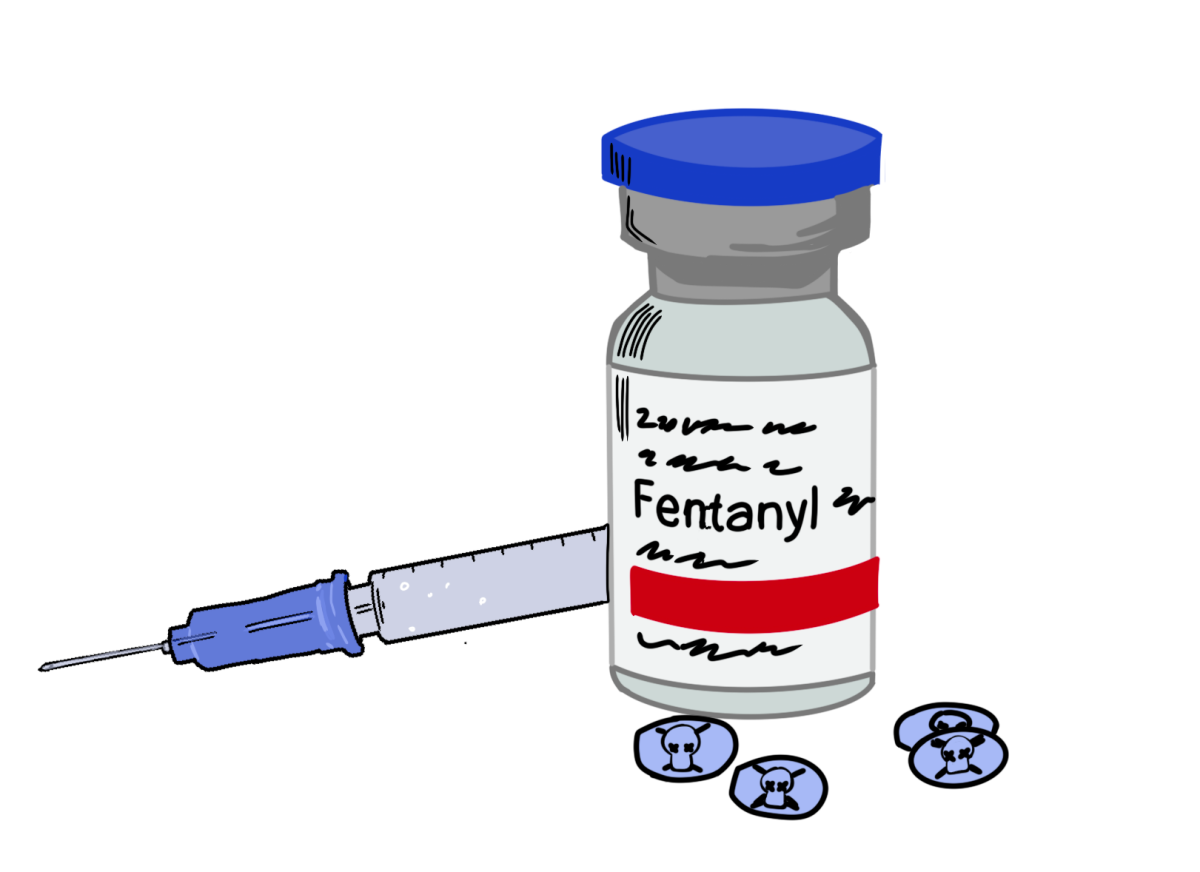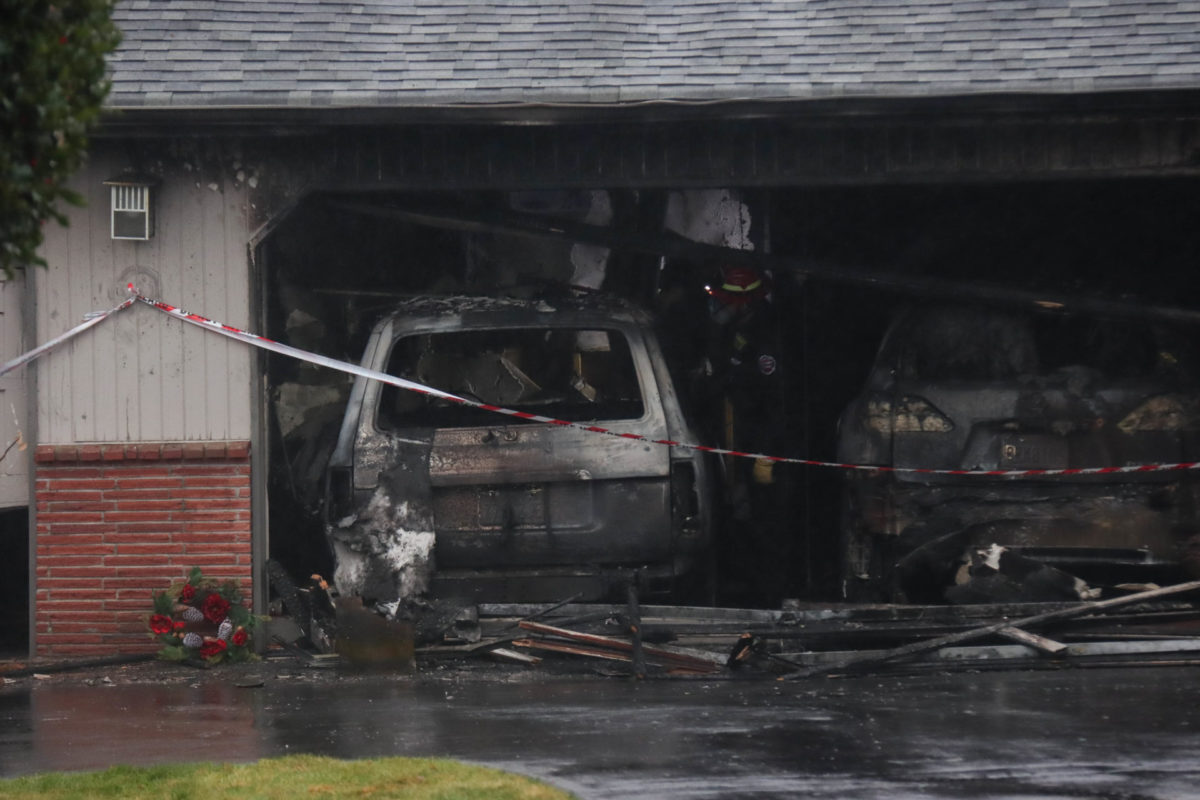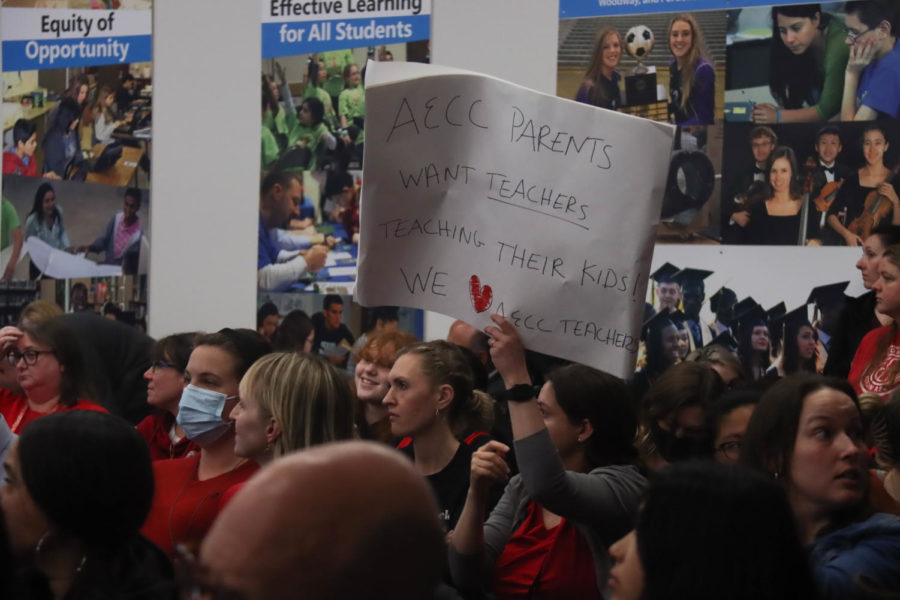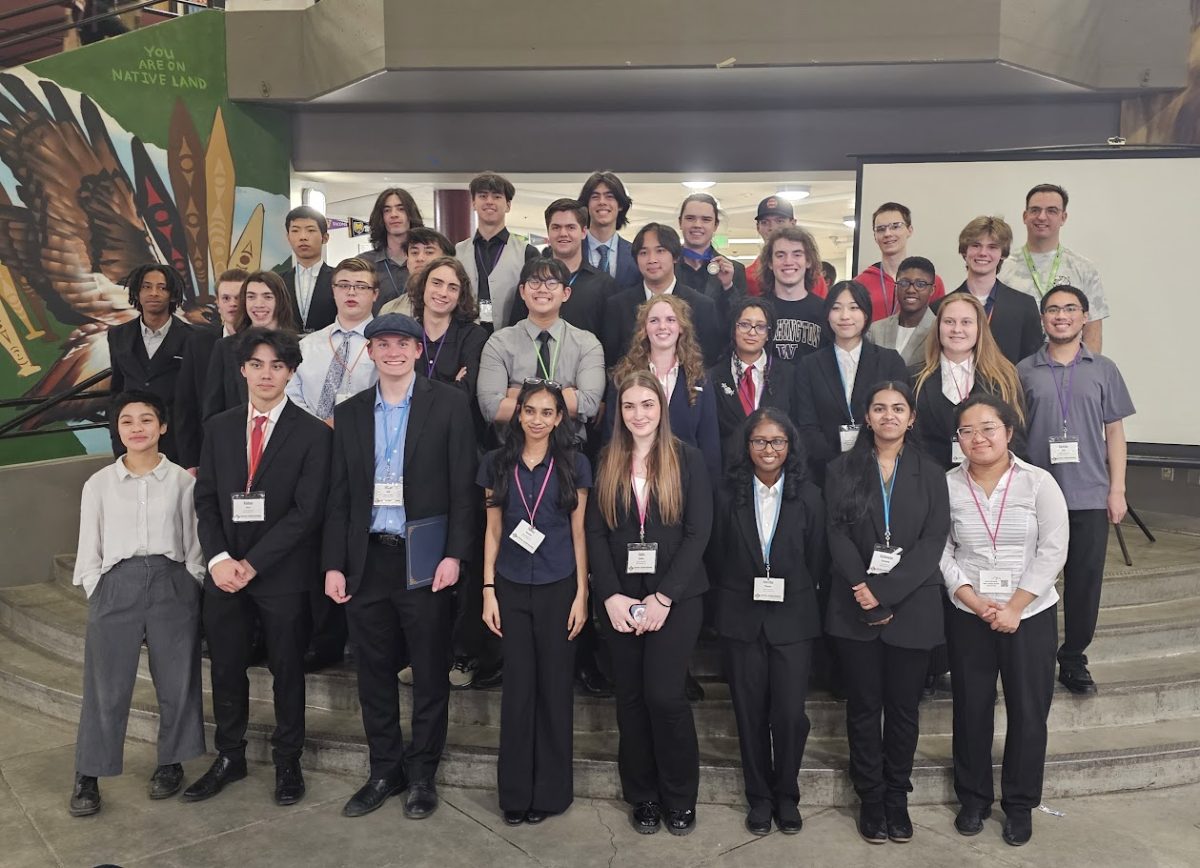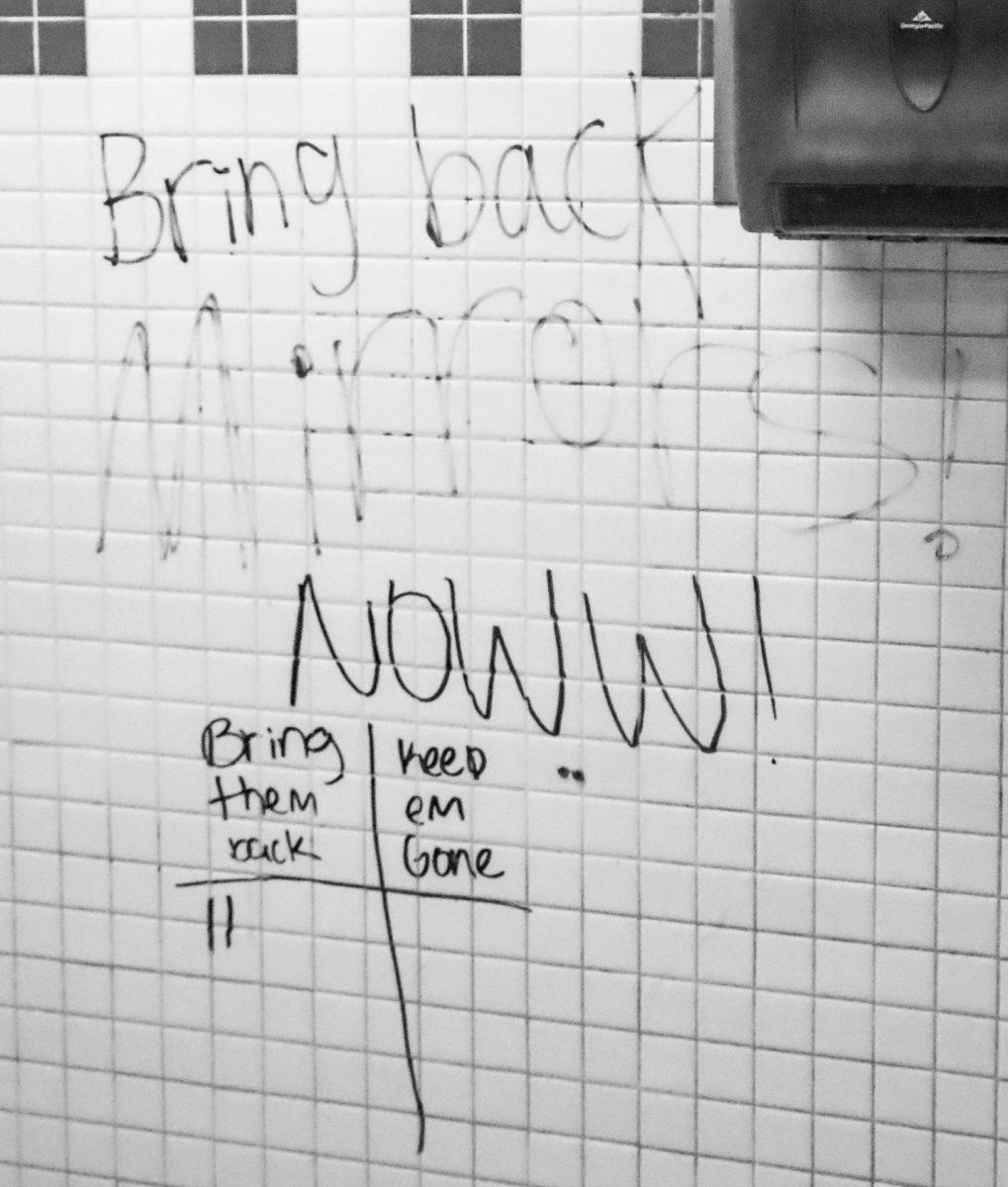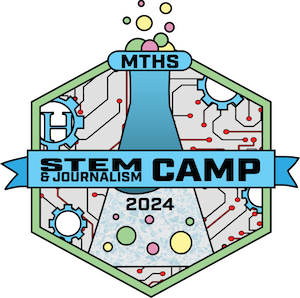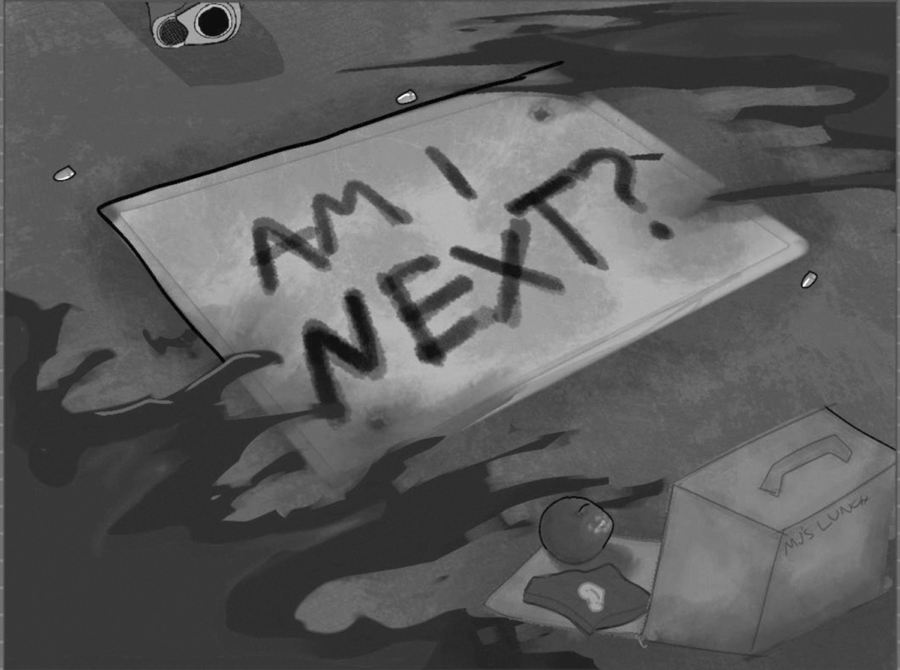February 14, 2018 started as a seemingly normal day at Marjory Stoneman Douglas High School (MSDHS) in Parkland, Florida, a public high school with over 3,000 students. However, at around 2:19 in the afternoon, close to school dismissal time, a former student entered Building 12 of the campus, which contained over 900 students and 30 teachers. He was armed with a .223 caliber, AR-15-style semi-automatic firearm and several small capacity magazines.
After entering the building, the shooter pulled a fire alarm, causing confusion throughout the school due to a fire drill which had occurred earlier in the day. In this confusion, the shooter was given ample opportunity to open fire among the students. Even though an armed school resource officer working for the local police department was present at MSDHS, he did not enter the building and instead positioned himself between two other buildings, falsely believing the shooting to be coming from outside.
In the aftermath of the Florida shooting, thousands of student activists around the country made their voices heard and began speaking out for gun control in America. Many made comments specifically referencing the type of weapon used by the shooter and how available said weapon was to him.
The AR-15 (short for Armalite Rifle 15) is a semi-automatic (meaning one bullet per trigger pull) rifle designed for 5.56x45mm NATO caliber by the Armalite arms manufacturing company in 1956. Based on Armalite’s previous AR-10, the AR-15 formed the basis for the fully-automatic (meaning the weapon fires as long as the trigger is held down) M16 rifle adopted by the US military in 1964 and still used by the Army today. In 1959, Armalite sold the rights to the AR-15 design to the Colt Manufacturing Company, who still hold the trademark on the name today. However, in 1977, the patent on the gas system that the AR-15 employs expired, allowing several companies to build rifles patterned on the AR-15 starting in 1989, leading to what is known as an AR-15-style rifle.
AR-15-style rifles quickly grew popular, leading the National Rifle Association (NRA) to dub it “America’s Rifle”. The NRA cites the modularity, modifiability, and reliability of the platform as a factor in its widespread use. Available modifications include sights and scopes, different barrels and recoil reducing attachments. However, federally allowed customizations also include bump stocks, which take advantage of a weapon’s recoil to allow the weapon to fire faster, increasing the fire rate to one similar to a fully-automatic weapon. A bump stock was used in the deadly Las Vegas shooting last October.
From 1994 to 2004, a federal ban on certain semi-automatic firearms defined as assault weapons, as well as magazines defined as large capacity was in place, prohibiting the manufacture for civilian use of assault weapons such as AR-15-style rifles. The law was passed for a ten year duration after a close 52-48 vote in the Senate on Sept. 23, 1994. The ban expired in 2004 due to the lack of legislative efforts to extend the ban under the Bush administration.
The assault weapons ban did not prohibit possession of assault weapons manufactured prior to the ban’s enactment, meaning civilians were allowed to keep assault weapons already in their possession while the ban was in place. While many challenged the law on constitutional grounds, all federal review courts upheld the assault weapons ban.
There have been many efforts to reintroduce the ban since it expired, most recently with new legislation introduced into the House of Representatives on Monday, Feb. 26. The law, titled as the “Assault Weapons Ban of 2018,” would seek to reintroduce the provisions of the ban in place from 1994 to 2004, although it does not have a set expiration date.
Dr. Peter Rhee, a trauma surgeon and retired Navy captain, calls the weapon “a perfect killing machine.” Rhee is most known for saving the life of Rep. Gabby Giffords of Arizona after she was shot point blank in the back of the head with a 9mm pistol at a meeting with her constituents. Rhee describes a pistol wound as “simply stabbing with a bullet.” He describes an AR-15 wound as “it’s as if you shot someone in the head with a Coke can.”
There has also been an effort to ban the use of bump stock modifications on semi-automatic weapons, which is one of the measures student activists have pushed for in the aftermath of the MSDHS shooting. On Feb. 20, President Donald Trump proposed banning the sale of bump stocks, which he claimed “turn weapons into machine guns.”
The issue of school shootings is one which applies to students everywhere in America, including within the state of Washington. There have been numerous examples of student deaths related to firearms in our state, such as the 2014 Marysville Pilchuck High School shooting.
On Oct. 24, 2014 in Marysville, Washington, five students were killed during a school shooting, including the shooter. This shooting occurred during the school’s lunch break, where the shooter allegedly stood up at his lunch table and opened fire, hitting and killing two students immediately, and fatally injuring two more and injuring three other students, before taking his own life.
While the Marysville Pilchuck High School shooting is the most prominent example of a school shooting in Washington state, there are numerous other examples of Washington students dying as the result of the misuse of firearms.
On Apr. 27 in Lacey, Washington, a student brought a firearm to North Thurston High School, discharging two shots. This student failed to hit anyone during the shooting but caused panic among students. This led to the student receiving up to a three year sentence for illegally bringing firearm to school and discharging said firearm in a juvenile detention center.
In Rockford, Washington on Sept. 2017 another school shooting occurred, killing one student and injuring three others. The student killed allegedly went up to the student after his gun jammed and tried to convince him to not continue; the shooter then pulled out a second weapon, shooting and killing the student. The shooter then opened fire on a group of running students, injuring three others before being subdued by the school janitor.
A woman living in Everett decided to look through her grandson’s journal when she made a startling discovery. Her 18-year-old grandson, Joshua O’Connor had written in his journal about how he was planning on shooting his classmates. The grandmother called the police in the morning and was able to stop O’Connor before it was too late. According to the police, O’Connor studied previous school shooters to not make their mistakes. He apparently was also planning on using grenades and a semi-automatic rifle to kill students in the attack, as well as a homemade bomb to kill himself. His goal was to kill as many students as possible and to end his own life in the process. O’Connor was undecided about his target, trying to decide between going and committing the crime at either Kamiak High School or ACES High School.
David Hogg, a 17-year-old student from MSDHS, spoke out promoting gun reform laws after his experience in the shooting which killed 14 students and three teachers, and injured an additional 14 people. While hiding in a closet with 65 other students he began recording “so that if I was left in that classroom and all of our 65 souls were left on that classroom floor, our voices would echo on.”
He became a strong voice among the students, heavily involving himself in the campaign for gun reform. Instead of staying silent, he spread awareness through speeches for change in gun laws and led other students to follow and give public speeches of their own.
Adding to Hogg’s defiance, he allegedly hung up on a phone call from the White House, referring to the call as offensive because it came during his period of mourning the victims of the shooting. The call supposedly asked him if he would attend a discussion with Donald Trump, to which Hogg responded, “We don’t need to listen to President Trump. President Trump needs to listen to the screams of the children and to this nation.”
Emma Gonzáles, a senior at MSDHS, was another student who gave a passionate speech over gun control at an anti-gun rally, making many bold claims about the lack of gun laws in Florida and America as a whole.
Due to this, the popularity of her speech has grown nationwide and has started movements all over the country for gun control laws, such as “March for Our Lives,” an event made by student activist organization Never Again.
“Every single person up here today, all these people should be home grieving,” Gonzáles said in her speech. “But instead we are up here standing together because if all our government and President can do is send thoughts and prayers, then it’s time for victims to be the change that we need to see.”
Student activists have also attacked the influence organizations such as the NRA hold on American politics, and the ways in which NRA influence has kept gun reform from being passed.
“If the President wants to come up to me and tell me to my face that it was a terrible tragedy and how it should never have happened and maintain telling us how nothing is going to be done about it, I’m going to happily ask him how much money he received from the National Rifle Association,” Gonzáles said.
Since the shooting at Columbine High School in 1999, there have been 25 fatal mass shootings at American elementary and high schools. The student survivors of the shooting at MSDHS have initiated a new wave of student activism determined to bring about reform they insist will help put an end to school shootings in America.

Two students hold hands in silence as nearly 200 people gathered on the track to honor the victims of the Parkland, Fla. shooting.
“We are going to be the kids you read about in textbooks,” Gonzáles proclaimed in her speech. “Not because we’re going to be another statistic about mass shooting in America, but because we are going to be the last mass shooting. Just like Tinker v. Des Moines, we are going to change the law. That’s going to be Marjory Stoneman Douglas in that textbook and it’s going to be due to the tireless effort of the school board, the faculty members, the family members and most of all the students.”
To make this change, students at MSDHS have formed the activist organization Never Again to call for the gun reform they believe can bring an end to school shootings in America.
Never Again is an activist organization formed by the MSDHS mass shooting student survivors. This group has advocated for stricter gun control laws, such as tougher national background checks for gun buyers, and has started the #NeverAgain movement on Twitter to spread awareness for the problem of school shootings and hoping for there to “never again” be a school shooting in America. Never Again is also responsible for organizing the nationwide March for Our Lives protest marches happening across the country to call for stricter gun control and background checks.
March for Our Lives is a nationwide protest to call out legislators and get people to talk about gun reform and vote in support of it. Protests are planned in major American cities around the country, with the main event being a march on Washington D.C. scheduled for Saturday, Mar. 24.
The #Enough school walkout, organized by Women’s March Youth, encouraged students to leave their classrooms for 17 minutes at 10 a.m., signifying the 17 lives lost at MSDHS. The walkout was held nationwide on Wednesday, Mar. 14.
Not all schools were supportive of the planned walkouts, such as Needville Independent School District in Texas, which claimed that any students participating would be suspended for three days. However, many colleges and universities responded to these claims by stating any suspension due to protesting and walking out will not affect chances of admission.
MTHS and Edmonds School District administration said students would not be punished for participating in the walkout. However, students are responsible for any work or instruction they missed while they were absent from class participating in the walkout.
The MTHS portion of the walkout was organized by the MTHS Gay Straight Alliance, the Black Student Union and the Latino Student Union, who heavily utilized social media to publicize and promote the walkout. Eco Club was also involved in the promotion of the MTHS walkout, creating and putting up posters around the school to further promote it.
During the walkout, students met on the track at 10 a.m. for a 17 minute period of silence, forming a circle on the track and holding hands, with some students bringing handcrafted signs to support the cause. The silent protest was supervised by MTHS administrators, teachers and counseling staff, who ensured the safety of all students choosing to participate. Additionally, many students wore black clothing to show their support for the walkout and the victims of school shootings across the U.S..
Students at MTHS are also currently involved in organizing for the Seattle March for Our Lives protest, which will take place in downtown Seattle on Saturday, Mar. 24 alongside other protests nationwide, beginning at 10:00 a.m. in Cal Anderson Park and ending near Key Arena. These students plan to meet every Thursday leading up to the day of the protest and for weeks after optionally in biology teacher Jonathan Tong’s classroom, room 122, planning carpools and creating signs to bring to the march.



